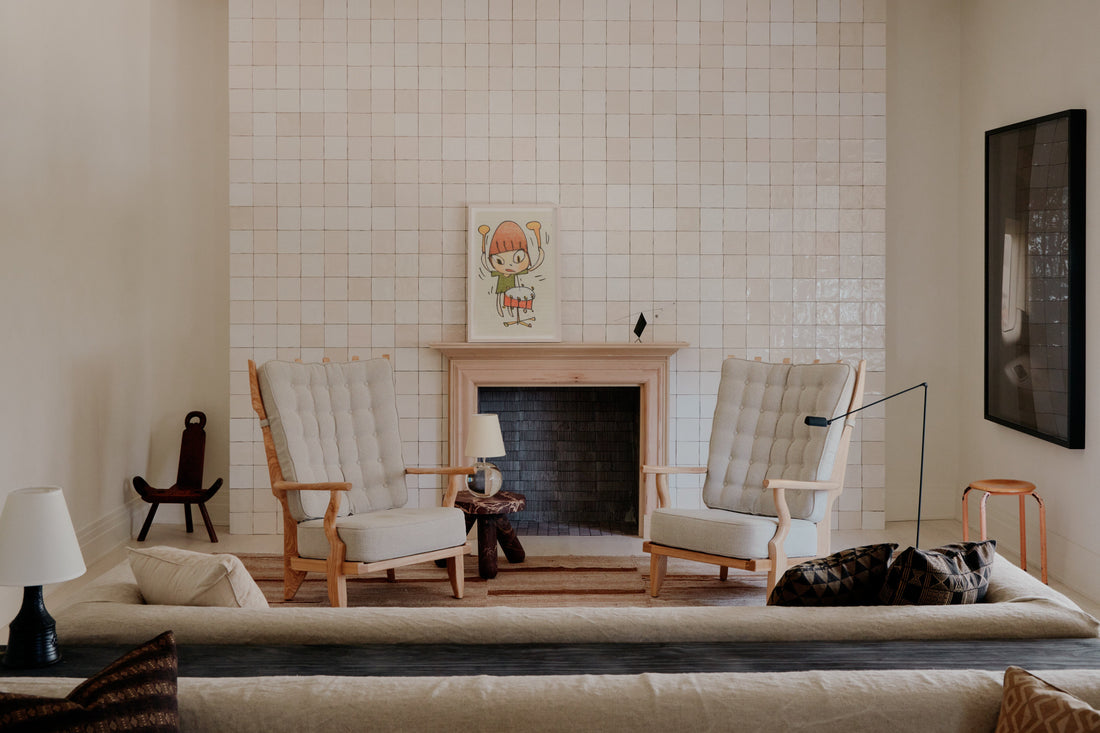
Interior Design: Unveiling the Art of Creating Inspiring Spaces
Interior design is a captivating and transformative art that transcends the boundaries of architecture, aesthetics, and functionality. It is the delicate dance of form and function, color and texture, light and shadow, orchestrated to create harmonious and inspiring living environments. From residential homes to commercial spaces, interior design shapes the way we experience the world around us, offering a canvas for self-expression, storytelling, and the pursuit of comfort and beauty. In this exploration of interior design, we unveil its essence, principles, and the profound impact it has on our lives.
The Essence of Interior Design: Beyond Aesthetics
At its core, interior design is about enhancing the quality of life through thoughtful and intentional design decisions. It is a multidisciplinary art that goes beyond merely arranging furniture and choosing colors; it involves a deep understanding of human behavior, spatial psychology, and the functional needs of occupants. Interior designers are akin to storytellers, crafting narratives that reflect the personalities, lifestyles, and aspirations of those who inhabit the spaces they create.
Interior design has the power to evoke emotions, influence moods, and foster connections. A well-designed space has the ability to calm, invigorate, or inspire, creating an environment that nurtures well-being and fosters a sense of belonging.
Principles and Elements: The Building Blocks of Design
Effective interior design is guided by a set of principles and elements that form the foundation of its composition. These principles include balance, harmony, rhythm, contrast, proportion, and emphasis. By masterfully integrating these principles, designers create spaces that are visually appealing, functional, and conducive to human interaction.
The elements of design—such as line, shape, color, texture, space, and light—are the tools through which designers bring their visions to life. The interplay of these elements contributes to the visual and tactile richness of a space, allowing designers to shape its atmosphere and character.
The Residential Realm: Crafting Personal Sanctuaries
In residential interior design, the focus is on creating personalized and functional sanctuaries that cater to the needs and tastes of the occupants. Designers collaborate closely with homeowners to understand their preferences, lifestyles, and aspirations, translating them into living spaces that reflect their unique identities.
From selecting furniture and fabrics to choosing paint colors and accessories, every detail is carefully curated to evoke a sense of comfort, beauty, and functionality. Residential interior design encompasses a diverse range of styles, from minimalist and contemporary to traditional and eclectic, allowing homeowners to express their individuality and create spaces that resonate with their souls.
Commercial Spaces: Melding Form and Function
In the realm of commercial interior design, the focus shifts to optimizing spaces for specific business purposes while also creating inviting and engaging environments. Whether it's an office, retail store, restaurant, or hotel, commercial designers are tasked with seamlessly integrating branding, functionality, and aesthetics.
Commercial spaces are designed to facilitate efficiency, productivity, and positive customer experiences. The layout, flow, and visual identity of a space are carefully orchestrated to support the intended business activities and engage the target audience. The choice of materials, colors, and lighting plays a pivotal role in conveying the brand's message and enhancing the overall user experience.
The Role of Sustainability: Designing for a Better Future
In the modern age, interior design is increasingly intertwined with the principles of sustainability and environmental consciousness. As the world grapples with environmental challenges, interior designers are embracing eco-friendly materials, energy-efficient technologies, and sustainable practices to create spaces that minimize their ecological footprint.
Sustainable interior design not only promotes environmental stewardship but also contributes to the well-being of occupants. Natural ventilation, access to daylight, and the use of non-toxic materials all play a role in fostering healthier indoor environments.
The Technological Frontier: Design in the Digital Age
The digital age has ushered in a new era of possibilities for interior design. Technology has enabled designers to create virtual 3D models, allowing clients to visualize spaces before construction even begins. Computer-aided design (CAD) software empowers designers to experiment with layouts, colors, and materials, streamlining the design process and enhancing communication between designers, clients, and contractors.
Conclusion: Where Creativity Meets Functionality
Interior design is an intricate tapestry that weaves together aesthetics, functionality, culture, and human experience. It is an art that brings beauty and inspiration to our daily lives, shaping the way we live, work, and interact with the world around us. From the intimate spaces of our homes to the dynamic landscapes of commercial environments, interior design touches every facet of our existence.
As the world evolves and design trends shift, interior design remains a timeless pursuit—a journey of creativity and innovation that continues to redefine the spaces we inhabit and the way we connect with our surroundings. Whether reflecting personal aesthetics, supporting business objectives, or championing sustainability, interior design stands as a testament to the human spirit's ability to create, inspire, and transform.
